The accuracy of alert systems in cloud monitoring platforms has become a critical factor in modern IT operations. As businesses increasingly rely on multi-cloud environments, the ability to distinguish between genuine threats and false positives can mean the difference between seamless operations and costly downtime. Different monitoring solutions approach this challenge with varying degrees of success, making precision a key differentiator in the market.
One of the primary challenges in cloud monitoring is the sheer volume of data generated across distributed systems. Legacy systems often struggle to filter meaningful alerts from the noise, leading to alert fatigue among operations teams. Modern platforms employ advanced machine learning algorithms to analyze patterns and correlate events across multiple cloud providers. This technological evolution has significantly improved detection rates while reducing false alarms, though implementation quality varies widely between vendors.
Data correlation capabilities separate the top-tier monitoring platforms from their competitors. The most effective systems don't just monitor individual metrics in isolation but understand how different system components interact. For instance, a memory spike might be normal during scheduled backups, while the same spike at an unexpected time could indicate a memory leak. Context-aware alerting reduces false positives by understanding normal operational patterns specific to each environment.
The integration of artificial intelligence has brought both improvements and new challenges to alert accuracy. While AI models can detect anomalies that would escape rule-based systems, they sometimes create "black box" scenarios where the reasoning behind alerts isn't transparent. Some platforms have addressed this by providing explainable AI features that help engineers understand why specific alerts were triggered, building trust in the system's judgments.
Alert customization plays a crucial role in precision tuning. The most accurate platforms allow organizations to define what constitutes an anomaly for their specific use cases rather than relying solely on generic thresholds. This flexibility is particularly valuable for businesses with unique workloads or those operating in niche industries where standard monitoring parameters don't apply. Customizable alert rules enable teams to focus on signals that truly matter to their operations.
Response time measurements reveal another dimension of alert accuracy. Some platforms detect issues quickly but sacrifice precision, while others take longer to verify problems before alerting. The optimal balance depends on the criticality of systems being monitored - financial transactions might demand instant alerts with subsequent verification, while development environments could tolerate slightly delayed but more accurate notifications.
The evolution of cloud architectures continues to challenge monitoring platforms. Serverless computing and containerized microservices create highly dynamic environments where traditional monitoring approaches struggle. Platforms that have adapted to these paradigms demonstrate superior alert accuracy by understanding the ephemeral nature of modern cloud resources and adjusting their detection models accordingly.
Third-party integrations significantly impact alert precision in heterogeneous environments. Monitoring platforms that maintain deep integrations with major cloud providers can access richer datasets and service-specific metrics. This depth of information allows for more nuanced alerting compared to solutions that rely solely on generic APIs or agent-collected data. The quality of these integrations often determines how well a platform can interpret cloud provider-specific signals.
User experience design unexpectedly influences alert accuracy. Platforms that present information clearly and provide effective alert triaging tools enable human operators to make better decisions. When teams can quickly assess an alert's context and severity, they're less likely to ignore important warnings or waste time investigating false positives. The human-machine interface remains a critical component in the overall accuracy equation.
Looking ahead, the next frontier in alert precision may involve predictive capabilities that anticipate issues before they occur. Some platforms are experimenting with forecasting models that analyze trends to warn of potential future problems. While still in early stages, these approaches could redefine accuracy metrics by preventing incidents rather than just detecting them promptly. As cloud environments grow more complex, the definition of accurate monitoring will continue to evolve.
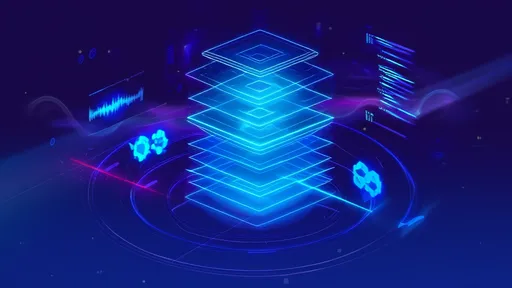
By /Jul 11, 2025

By /Jul 11, 2025

By /Jul 11, 2025

By /Jul 11, 2025

By /Jul 11, 2025
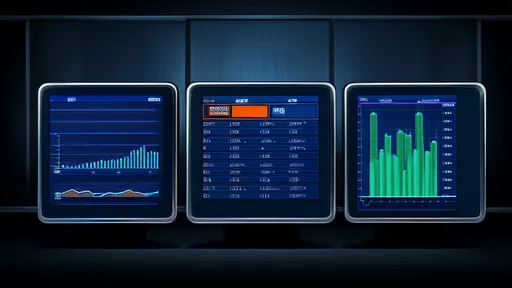
By /Jul 11, 2025
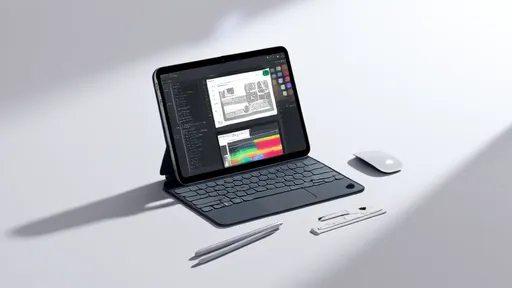
By /Jul 11, 2025

By /Jul 11, 2025

By /Jul 11, 2025

By /Jul 11, 2025
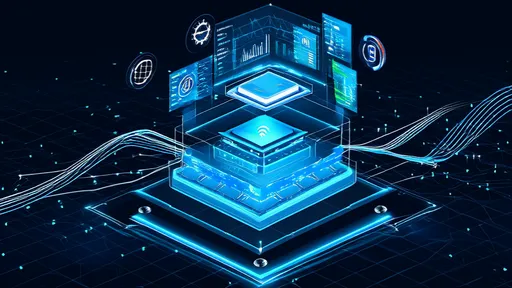
By /Jul 11, 2025

By /Jul 11, 2025

By /Jul 11, 2025

By /Jul 11, 2025

By /Jul 11, 2025

By /Jul 11, 2025
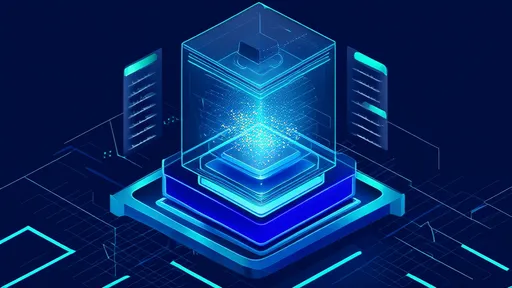
By /Jul 11, 2025

By /Jul 11, 2025